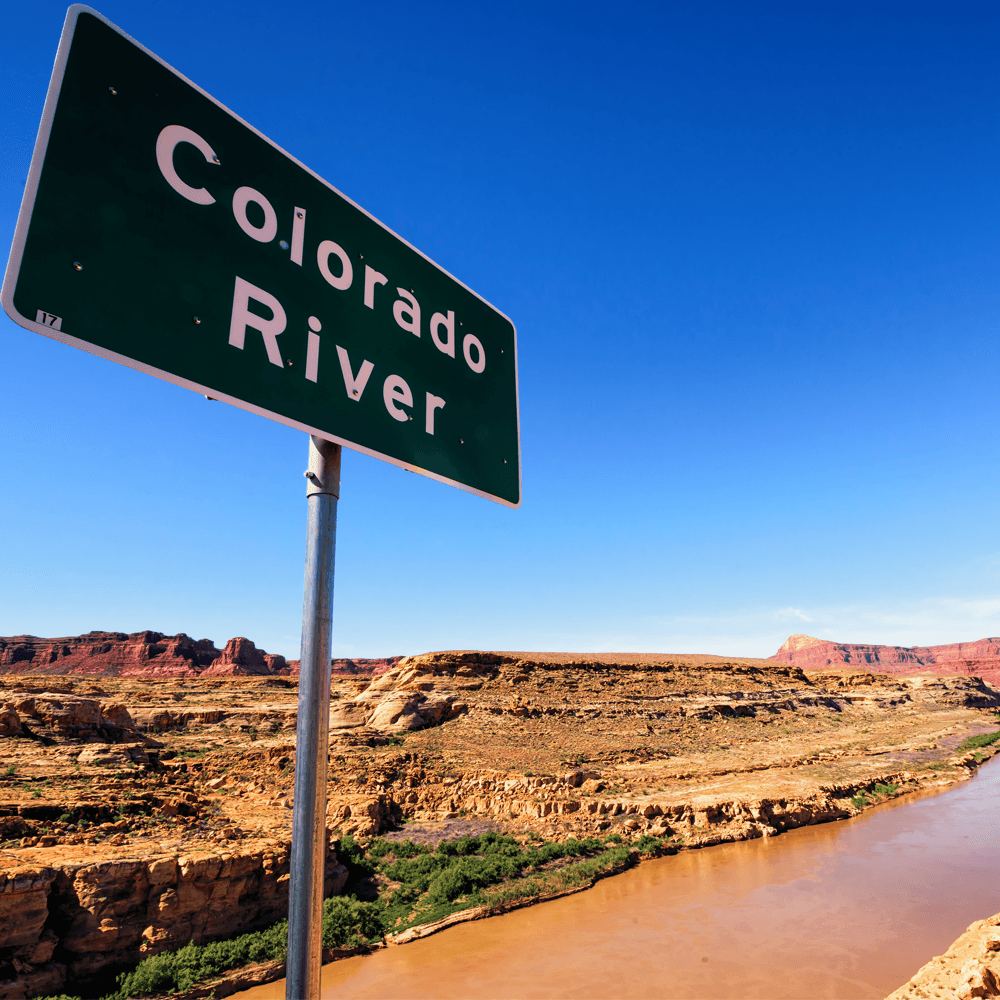AMWUA Blog
BY: AMWUA StaffThe Colorado River continues to be impacted by a hotter and drier climate despite wet winter

The positive hydrology generated from this winter’s precipitation in the Rockies has raised the elevation of Lake Mead above 1,050 feet, the trigger elevation for a Tier 2 Shortage. Having more water in the Colorado River system has enabled the US Bureau of Reclamation to officially declare a Tier 1 Shortage for 2024 . Despite going from our current Tier 2a Shortage back to a Tier 1 Shortage come January, water managers and scientists continue to recognize that long-term challenges remain.
The Colorado River has been overallocated, dealing with the challenges from a climate that is becoming warmer and drier, and impacted by a drought that has spanned 23 years - the worst one in over 1,200 years. All of this has had a dramatic impact on the River. Even with the positive winter, we continue to see evidence that the River is producing less water than it has historically. This is even evident with this year’s projected runoff. Since spring, we have already seen a loss of 700,000 acre-feet of water from what had been initially anticipated to flow into the system.
A recent report, entitled The Colorado River water crisis: Its Origin and the Future , emphasized that the hydrology from this past winter is just a reprieve and that the Colorado River remains on a trajectory to produce less water. The report calculates it would take another four to five consecutive wet winters like this year to refill Lakes Powell and Mead. Since that is highly unlikely based on the warmer and drier conditions facing the Basin, reducing demand among Colorado River users is the only thing in the Basin’s control. This study cited the need for a 2 million acre-feet reduction in Basin-wide use to stabilize the system and start some storage recovery at Lake Mead and Lake Powell.
Finding an equitable way to reduce demand among all users throughout the Basin is the challenge that Reclamation and the seven Basin States must face as they develop the new operating guidelines for the River by 2026 when the current ones expire. This includes developing new parameters to protect the entire Colorado River system long-term.
So what does this all mean? While this year’s runoff may bring a minor respite, the Colorado River Basin still suffers from the consequences of over two decades of severe drought, a hotter and drier climate, and the long-term imbalance between supply and demand. All of this contributes to a river that is producing historically less water. Mother Nature gave us a rare gift this year, which cannot be squandered. It provides additional time for Reclamation and the Basin States to focus on developing those post-2026 long-term operating guidelines to ensure a stable Colorado River system for the 40 million people who rely upon it.
Here in the Valley, the AMWUA cities will continue to prepare for a future with less Colorado River water. Their planning initiatives include investing in infrastructure, ramping up conservation programs, and exploring water resiliency projects – all of which will help increase our collective sustainability in the desert.
Looking to a future with less Colorado River water is also a reminder that we need to consider ways we can continue to conserve by being wise with how we use water in our homes and yards.
To print or save this week's blog, a PDF version is available HERE .
For over 50 years, the Arizona Municipal Water Users Association has helped protect our member cities' ability to provide their communities with assured, safe, and sustainable water supplies. For more information, visit www.amwua.org .
